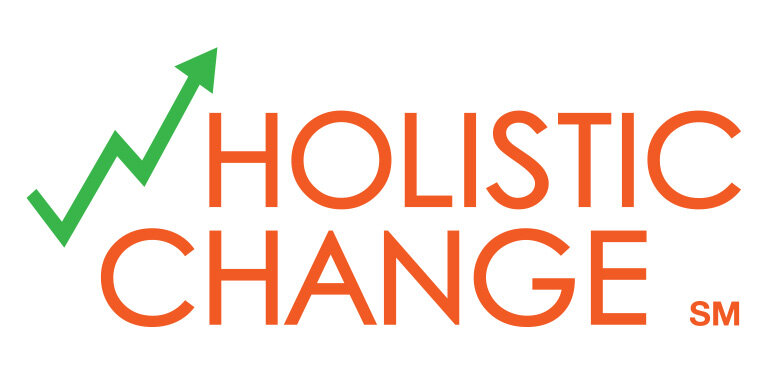I was traveling this week with a colleague who used to work for General Stanley McChrystal in the US military. I mentioned that I loved McChrystal's thoughts on leadership (about which I blogged 2 years ago) and asked what this person's experience was working with the general. My colleague said that he would have followed McChrystal absolutely anywhere that McChrystal asked: the general was a brilliant leader who would never ask his troops to do anything he wouldn't do himself.Because of my passion for change and change leadership, my colleague recommended McChrystal's recent blog post, The Courage to Change:
...We were thousands strong, dispersed around the globe, and by any measurable standard the best trained and most rigorously selected organization that the battlefield had ever seen. My force comprised people selected (amongst other qualities) for their inability to accept anything but victory: We were hard-wired to win...All of this made my revelation that spring all the more difficult. We were losing. There were no front lines to measure, no enemy higher-headquarters to spy on. This type of conflict was new to us... We were pushing ourselves to our physical and mental edge, but the enemy network was expanding faster than we could move. Most importantly, every metric I could think of was trending negative... Meanwhile, my organization simply had no more capacity, human or technical....The challenge we faced, I was beginning to realize, was unlike anything we’d ever encountered—or, worse, anticipated—as a possibility.
We embark on change because we believe it is the right thing to do. How do we as change leaders respond when we determine that the problem we are solving is different than what we thought it was? Or the solution that worked so well in the past just won't work in this situation?
The members of our force in Anbar were risking their lives every night to address the problem they faced. But did we have the right solution? More important, did we understand the real problem? It was hard for anyone in our force to truly articulate how their actions, effective as they were, tied to the larger effort across the battlefield to debilitate Al Qaeda’s insurgency. At best, I sensed, we were winning in small pockets—capturing enemy leaders and weapons—and hoping that this somehow supported an overarching strategy. At worst, we were risking, losing, and taking lives without knowing that those sacrifices were getting us any closer to ending the war...As the leader of this organization, I knew the first step would be significant, and it was one that only I could take. We needed to fundamentally change our organization, and that change would need to start with me. I knew, too, that I was entering what would be one of the most challenging periods of my career. I did so with a message that I and I alone could deliver to the Task Force.
When the world changes and we recognize that what we have always done just won't work this time, it is key for our sponsors to find the courage to change. Communications to align everyone on a common goal must come from the top.If leaders demonstrate a willingness to recognize what's not working and to adjust course, they foster employee engagement and a willingness to follow those leaders into the unknown. When we know that the person in charge is learning right along with us, and has our back while we change, we become willing to follow him or her anywhere.

